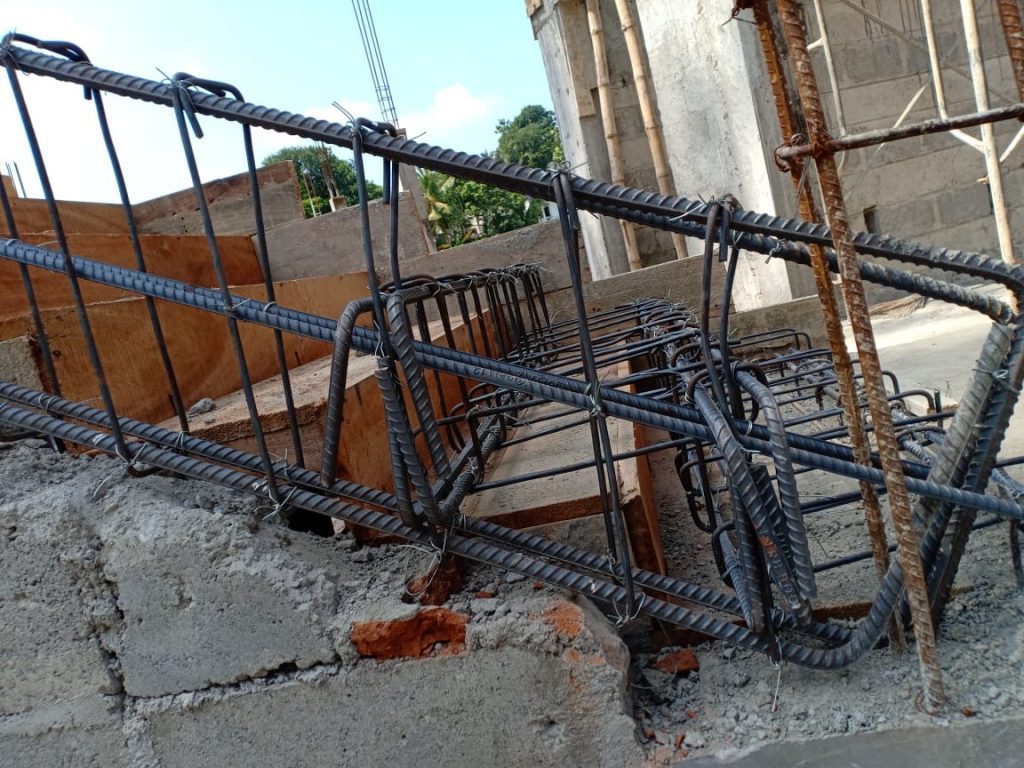Design Anchorage Bond Stress Guide
Calculation of Anchorage Lengths
The length required to anchor a reinforcement bar can be calculated by using the equations given in the clause 3.12.8.3 of BS 8110 Part 01 1997. However, code also provides simplified values in table 3.27 that can be used to calculate the tension and compression anchorage lengths.
In this article, we are concentrating on the calculation of anchorage of reinforcements.
The following figure shows the equation given in the code for calculating the bond stresses.
The above figure show equation 48 of the code and if we know the other parameters we can calculate the anchorage lengths. fb which is bond stress depends on the grade of the concrete and bond coefficient. The method of calculating bond stress is as follows.
Equation 49 of the BS 8110 Part 01 states the equation for calculating the bond stress. We need to find the bond coefficient to calculate the bond stress.
Depending on the type of bars used and whether the bare are in tension or compression, is considered to find the bond coefficient. It can be found in table 3.26 of the code.
With the values given in the table, we can calculate the bond stress.
Consider an example of calculating tension anchorage length
Grade of concrete 25
Deformed type II bars
Bond stress = β√fcu
= 0.5√25
= 2.5
Consider the bar diameter of 16mm and the bar is stress up to the yielding.
Then stress in bare is 0.95fy
Force in the bar = 0.95fyxAs
Fs = 0.95x460x200
= 87400 N
fb = Fs / πφ el
l = Fs / πφ efb
= 87400 / π x 16 x 2.5
= 695.5 mm
Calculated value of anchorage length is 695.5 mm. So we may provide Anchorage length of 700 mm.
This value can be found from the table 3.27 of the BS 8110. Factor relevant to grade 25 concrete and deformed type 2 bars is 44
Tension anchorage length = 44×16
= 704 mm
Hence, it can be concluded that when a bar is fully stressed (yielding) both methods give similar answers, and we can use table 3.27 instead of doing lengthy calculations for finding lap and anchorage lengths.


![Expansion Joints in Concrete [ why when how ]](https://www.structuralguide.com/wp-content/uploads/2019/11/Expansion-Joint.jpg)